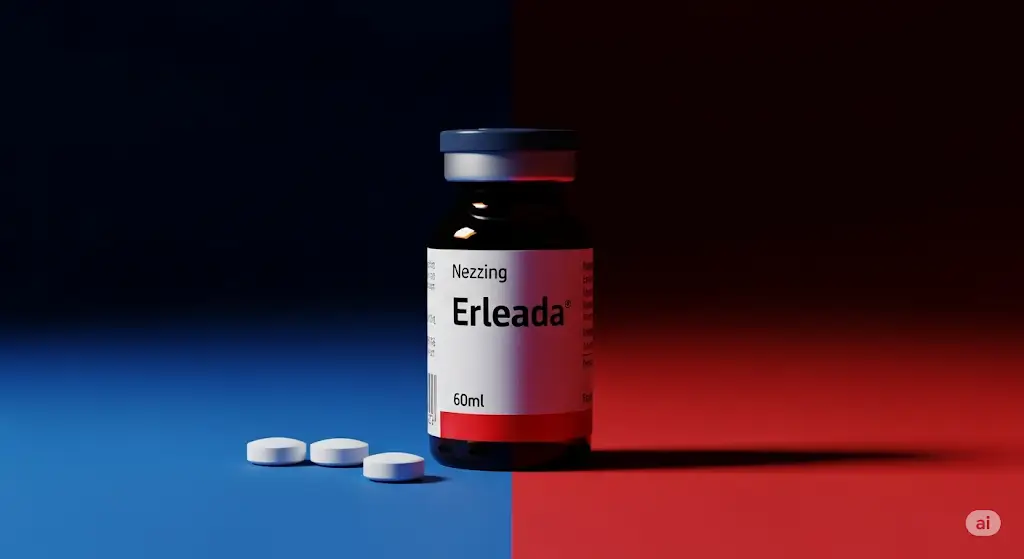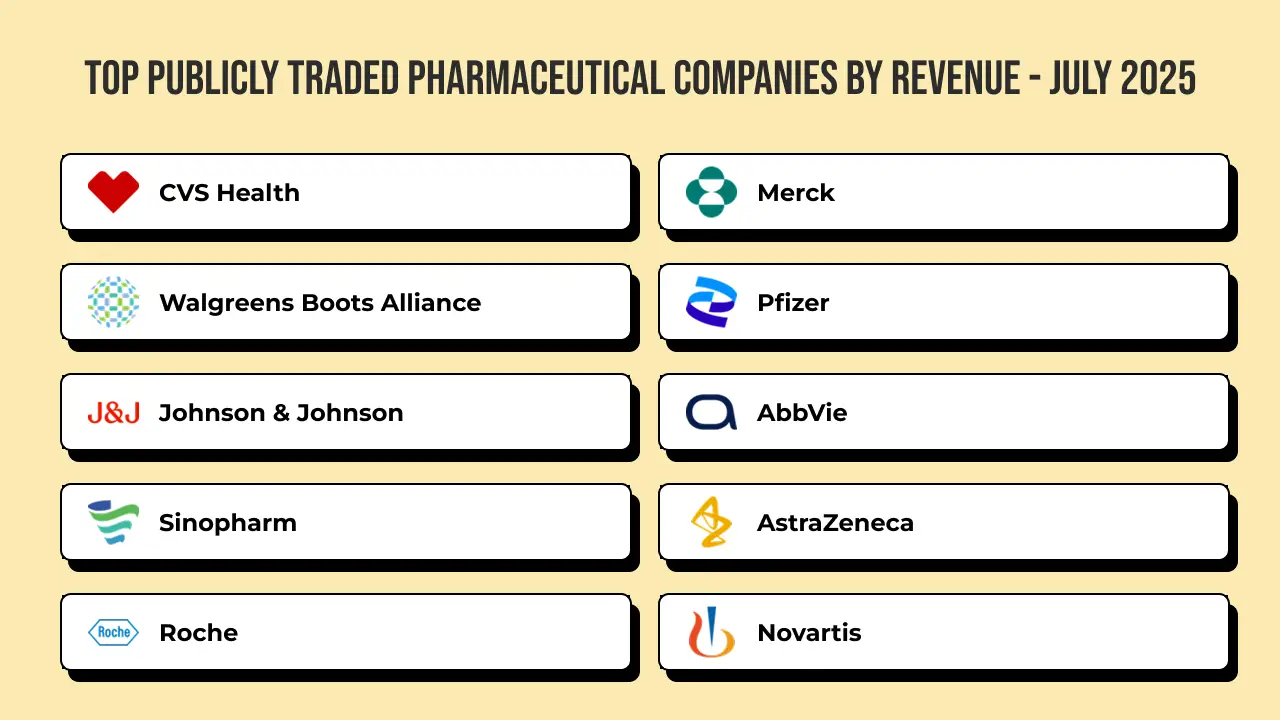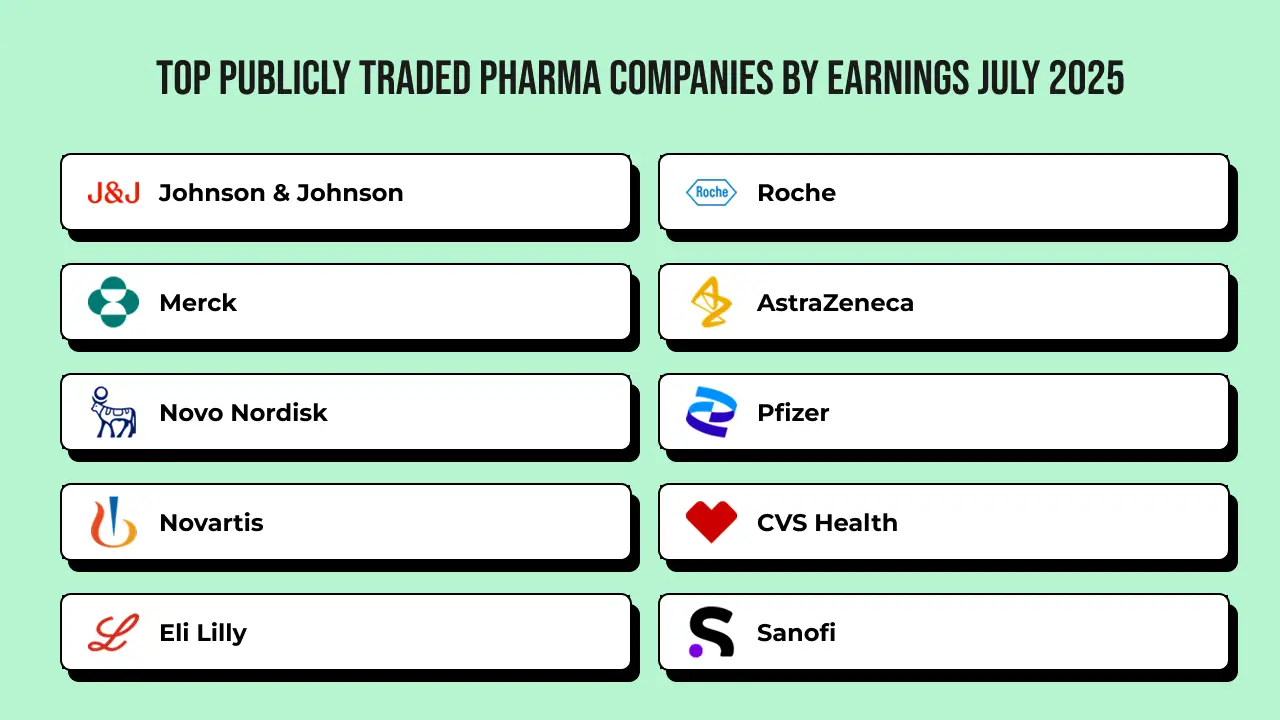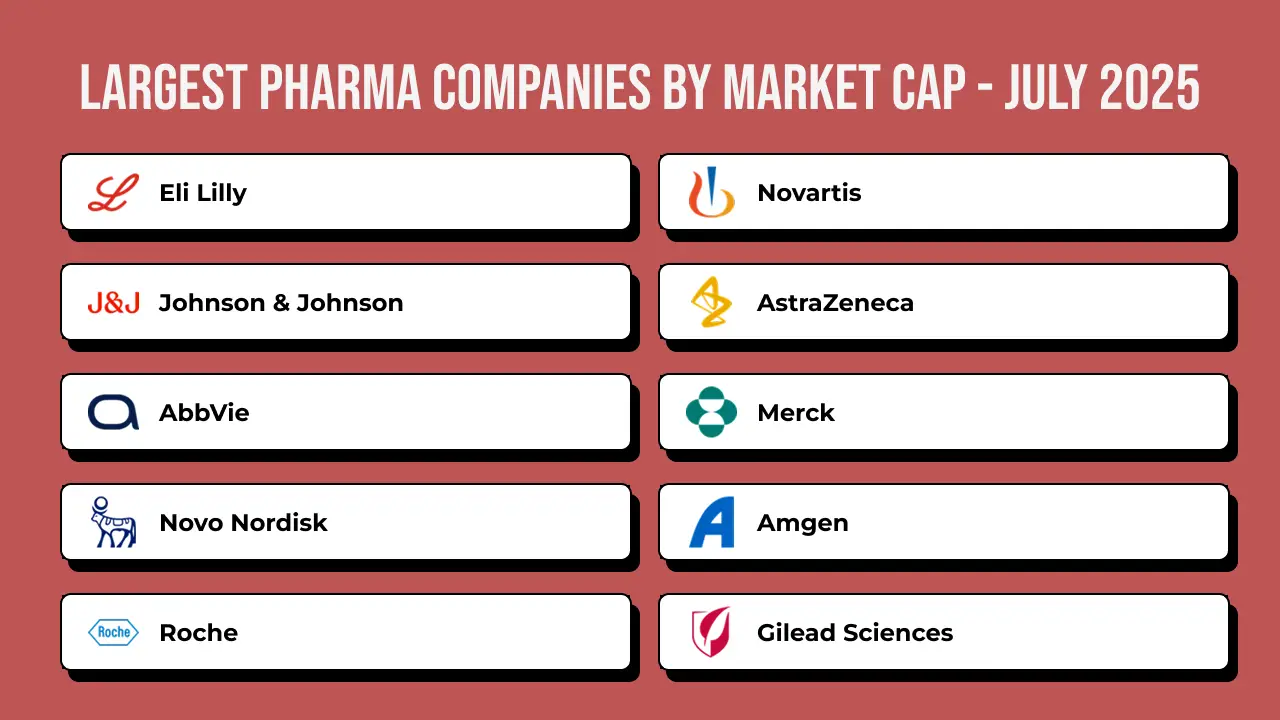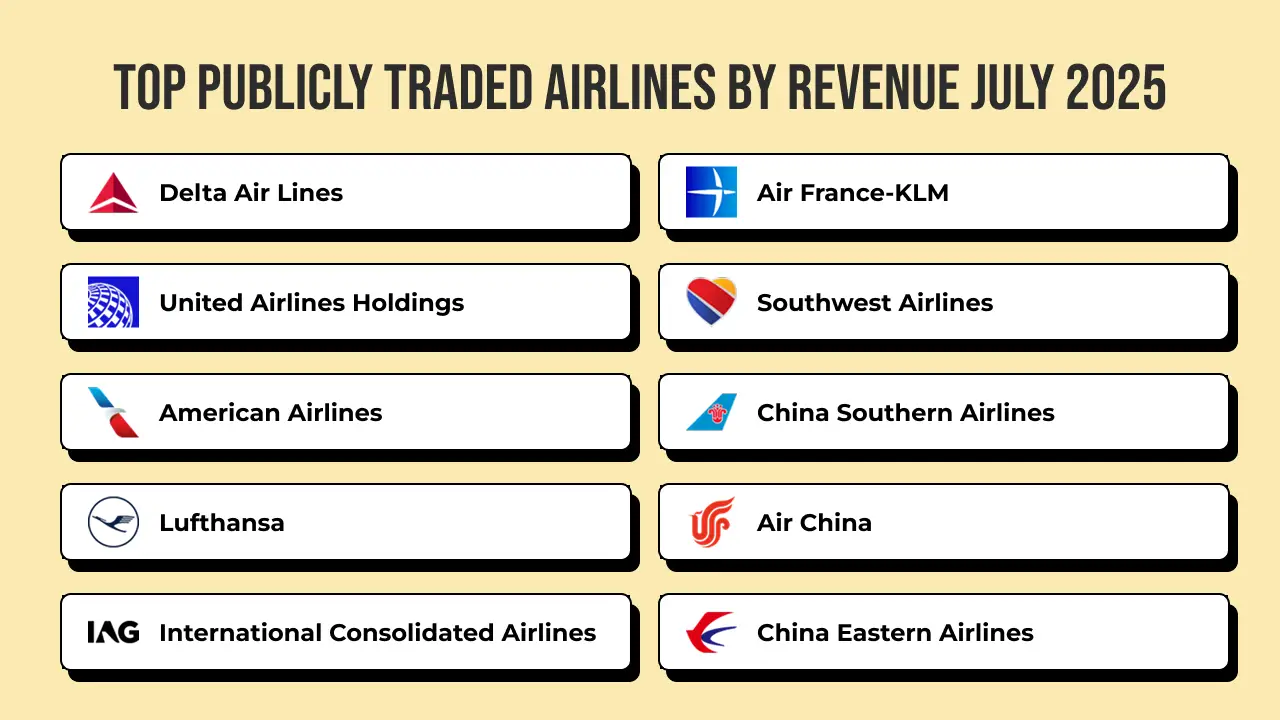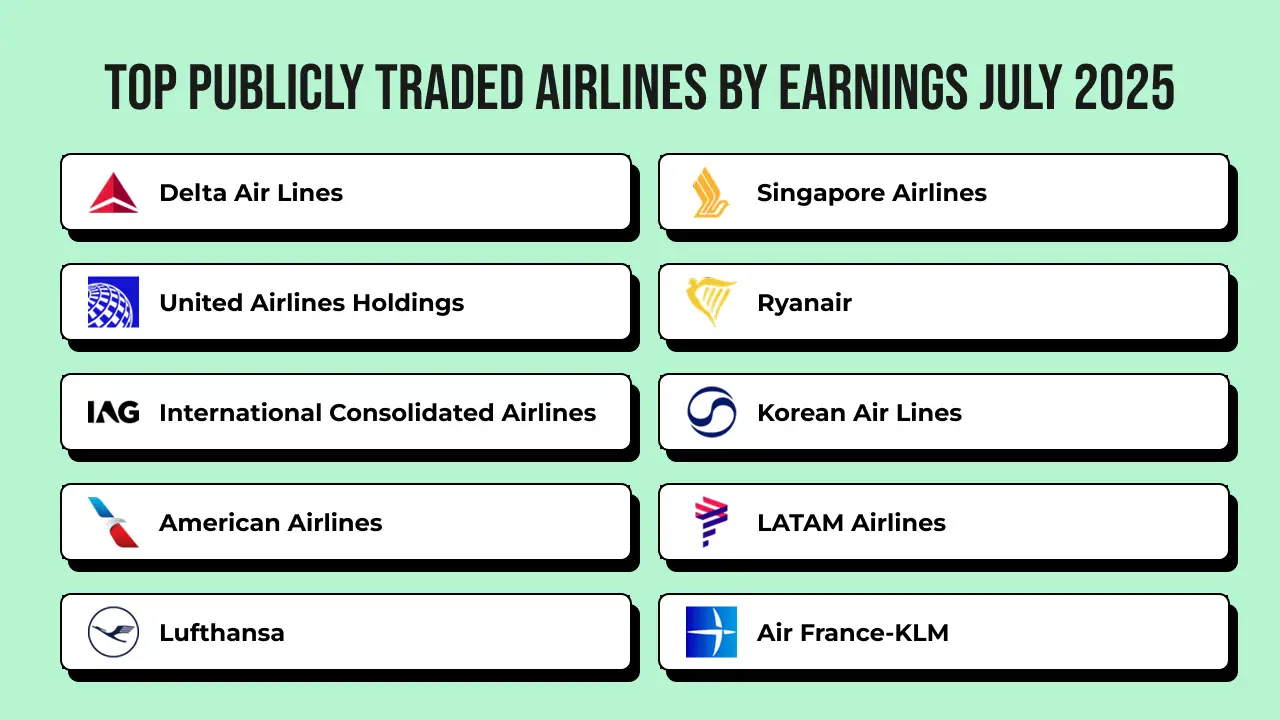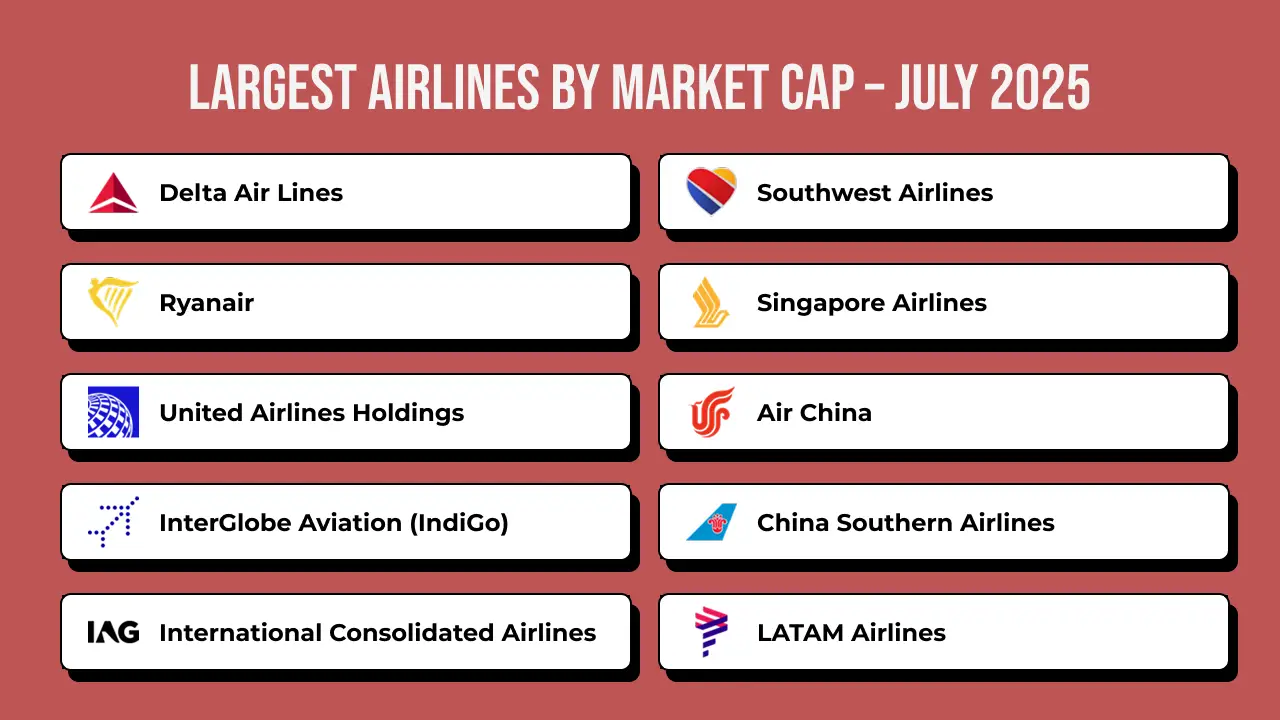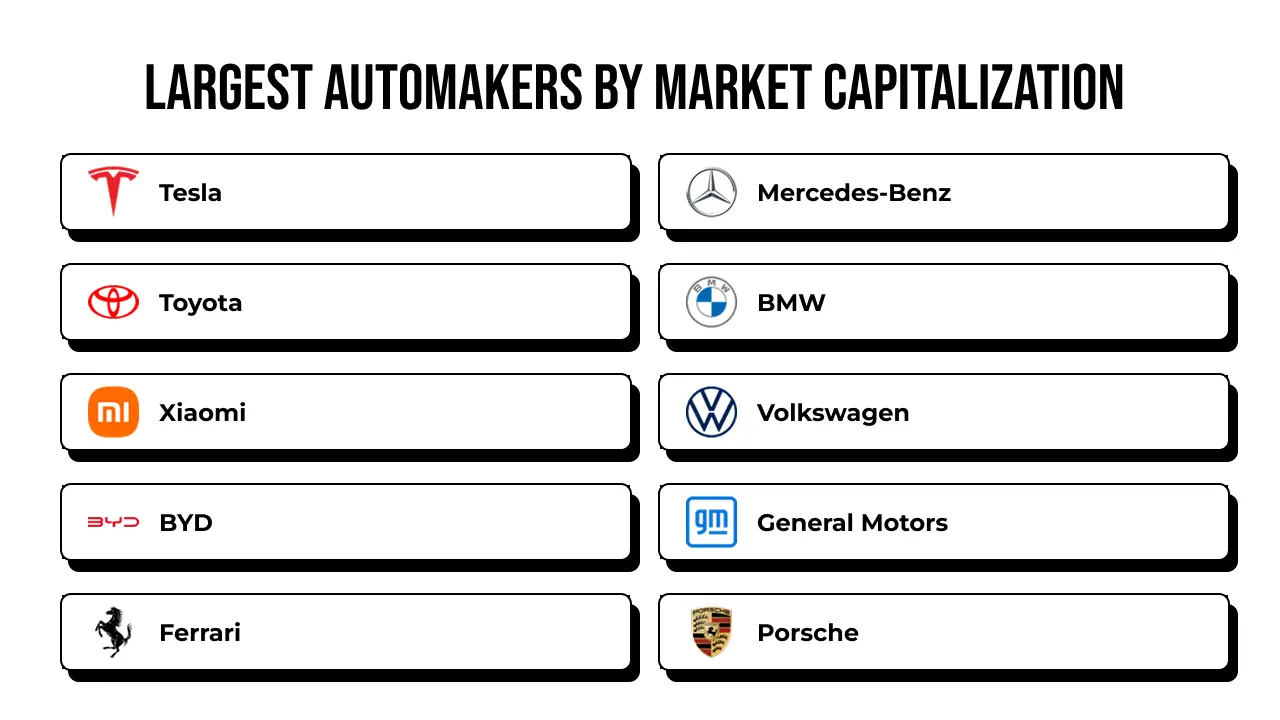I’ve been diving into the Erleada market, and the numbers are striking. This market, centered around the prostate cancer drug apalutamide, is projected to reach a value of $3.2 billion by 2030, growing at a compound annual growth rate (CAGR) of around 7.8% from 2025 to 2030. This growth is driven by the rising global incidence of prostate cancer, which affects millions of men annually, particularly in aging populations. Increased awareness of early diagnosis, coupled with advancements in targeted therapies, has fueled demand for Erleada, a non-steroidal anti-androgen drug that has shown strong efficacy in treating metastatic and non-metastatic castration-resistant prostate cancer. My analysis also points to expanding healthcare access in emerging markets and growing investments in oncology research as key contributors to this upward trajectory. The market’s value is further bolstered by favorable reimbursement policies in developed regions, which make treatments like Erleada more accessible to patients.
When I looked at the top segments of the Erleada market, it became clear that the market splits primarily by indication, distribution channel, and end-user. The key indications include metastatic castration-sensitive prostate cancer (mCSPC) and non-metastatic castration-resistant prostate cancer (nmCRPC). The mCSPC segment holds the highest share, accounting for nearly 60% of the market in 2024, as it addresses a larger patient pool with advanced disease stages. Distribution channels are divided into hospital pharmacies, retail pharmacies, and online pharmacies, with hospital pharmacies leading due to their integration with oncology treatment centers. End-users include hospitals, specialty clinics, and homecare settings, with hospitals dominating because of their advanced diagnostic and treatment capabilities. The dominance of the mCSPC segment stems from the drug’s proven ability to delay disease progression in this group, making it a cornerstone of treatment protocols.
The companies driving the Erleada market are a mix of established pharmaceutical giants and emerging players in oncology. Janssen Pharmaceuticals, a subsidiary of Johnson & Johnson, is the undisputed leader since it developed and markets Erleada. Other companies like Pfizer and Astellas Pharma compete in the broader prostate cancer treatment space with drugs like Xtandi, but they don’t directly challenge Erleada’s specific niche. Janssen’s dominance comes from its robust clinical trial data and global distribution network, which have solidified Erleada’s position. Smaller firms, such as those developing combination therapies or biosimilars, are also entering the fray, but they lack the market share to compete with Janssen. My research shows that strategic partnerships and acquisitions are shaping the competitive landscape, with companies vying to expand their oncology portfolios.
Geographically, the Erleada market is concentrated in a few key regions. The United States leads with the largest share, driven by high healthcare spending, advanced medical infrastructure, and widespread adoption of Erleada in treatment guidelines. Europe follows, with countries like Germany, France, and the UK contributing significantly due to their strong oncology research ecosystems and universal healthcare systems. In Asia-Pacific, Japan and China are emerging as major markets, fueled by increasing prostate cancer diagnoses and improving healthcare access. My analysis indicates that the U.S. alone accounts for over 40% of the global market share, reflecting its pivotal role in driving Erleada’s adoption. Emerging markets like India and Brazil are also showing growth potential, though their contribution remains smaller due to cost barriers and limited awareness.
The latest innovations in the Erleada market are exciting, and I’ve noticed some clear trends shaping its future. A key innovation is the exploration of combination therapies, where Erleada is paired with other drugs like androgen deprivation therapy (ADT) to enhance outcomes. Recent clinical trials have shown promising results in improving survival rates with these combinations. Top trends include the integration of precision medicine, with genetic profiling helping tailor Erleada’s use to specific patient subgroups, and the rise of digital health tools for monitoring treatment adherence. Additionally, there’s a push toward developing oral formulations with fewer side effects, which could broaden Erleada’s appeal. My take is that these innovations, coupled with growing emphasis on early-stage prostate cancer detection, will keep the Erleada market dynamic and patient-focused in the coming years.

